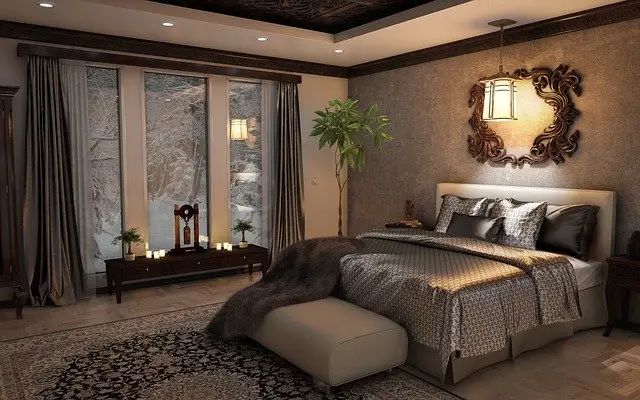When temperatures plummet, the chances of your home suffering serious harm rise. Winterization isn’t just a matter of keeping out cold air so you don’t catch a chill, it’s also about preventing structural damage from snow and ice.
The farther north you go, the harsher you can expect the winter to be. If you’ve lived most of your life in Tampa, Florida, and now you’re looking at houses for sale in Edmonton, Alberta, Canada, you may not be fully prepared for how cold it can actually get. Keep yourself and your home toasty and safe by following these five simple steps:
-
Inspect
Be proactive. Don’t wait for the weather to start getting cold. Instead, use the summer and fall months as a time to inspect your house from top to bottom. Check for drafts near doors and windows. Take note of any signs of rot or decay. Know the locations of any and all exterior water valves. Make sure your gutters aren’t clogged and that downspouts divert water at least three feet away from the foundation. Being as thorough as possible and making a list of issues now will only make things easier later.
-
Repair
The goal of winterization is to protect your home from costly repairs, but that point is moot if repairs are already needed. Don’t let minor problems become major ones. Replace wooden framing around doors and windows, as well as missing or warped shingles on your roof. If your heating system is acting up, don’t wait until it breaks before getting it serviced. Otherwise, you’re likely to find yourself bundled under six layers of blankets on the coldest day of the year while waiting for a maintenance worker who still has to fix the heaters of every other house in town.
-
Seal
Keeping warm air in and cold air out is not only a good way of saving money on your heating bill, but it’s also vital in minimizing the damage that winter can do. Remove window-mounted air conditioners and replace doors and window screens with storm doors and storm windows. Install weather stripping along all entrances. Use caulk to seal up any gaps or cracks. If you have a chimney, make sure to close the flue when it’s not in use. Turn off outside faucets. And don’t overlook the basement or attic just because you spend less time there. You may not feel the chill, but your house certainly will.
-
Insulate
Some parts of a house are more sensitive to the cold than others. Treat those parts as members of the family by keeping them wrapped up and warm during the winter. For exterior walls, install foam insulation behind outlets and switch plates. Put a blanket around your water heater. Cover exposed pipes with electric heating tape and foam sleeves. When the water in pipes freezes, it expands, causing pipes to burst and leaving your home flooded with more water, which then also freezes. Frozen pipes are among the worst and most common dangers to inadequately winterized homes every year. Don’t let it happen to you.
-
Maintain
A homeowner’s work is never done. You’ve made it through one winter, but guess what: There’s another one scheduled for next year. And the year after that. And the one after that. Remain vigilant before, during, and after the winter months and you’ll be rewarded with a warm, healthy house that truly deserves to be called a “home.”

